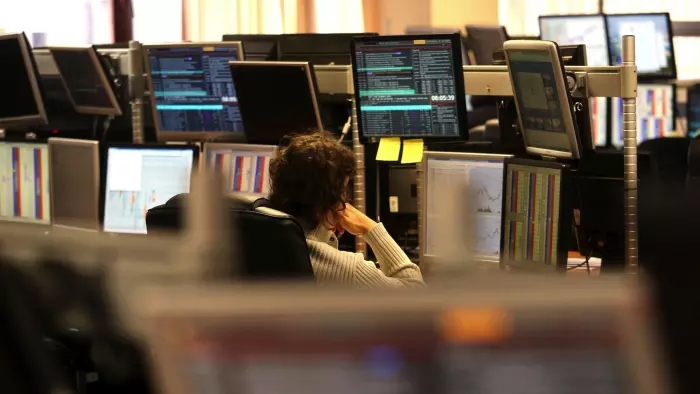
The third quarter has kicked off on a positive note for risk appetite, with modest gains in European and US equity markets, higher global rates and the NZD pushing higher against a backdrop of a soft USD and other safe-haven currencies.
The third quarter has begun as the second quarter finished, with risk assets on the rise. The S&P500 is currently up 0.5%, following 1½% gains over the previous two trading sessions and the near-20% gain in Q2. One trader noted that the last seven times the S&P500 rose by at least 15% in a quarter, it rose by an average 9.5% in the next quarter. Giddy up.
Supporting the positive vibe, an early trial on a vaccine produced by Pfizer and BioNtech showed some promising results, with two shots of the vaccine producing “significant levels of virus neutralising antibody” in patients. The flow of information in COVID19 trends and treatment for the virus will remain a key driver of markets in Q3. No one wants to be short equities the day of the announcement of a credible vaccine that can be developed for widespread use. The market has put more stock on the vaccine news than the continuing negative headline news on the virus itself. Arizona reported a record number of cases and deaths while New York City postponed its reopening of indoor dining, adding to other regions which have stalled on reopening plans.
Risk assets have also been boosted by the US ISM manufacturing report, with the index rising to 52.6, its highest level in more than a year, with a sharp increase in new orders. It continued the run of key US economic data beating market expectations, with the bounce back in growth stronger than expected after the widespread lockdowns. Still, the diffusion index needs to be interpreted with caution as its measures a rate of change in activity not a level and is therefore prone to big swings around turning points in the economy. A stalling of the easing restrictions in some States as the virus remains out of control is another reason to be cautious about the outlook.
ADP private payrolls for June were more than 500k weaker than expected at 2.37m, although the information content of this data source is seen to be dubious, evident in the upgrading of more 5m for the previous month to align it more closely with the official BLS figures. The data comes ahead of the US employment report tonight, where the consensus sees a more than 3m gain in employment and a fall in the unemployment rate to 12.5%. However, the range of estimates is wide – some 0.5m to 9m – which is understandable after the 10m forecast error in May.
Minutes from the FOMC’s June meeting showed that most participants urged for more explicit forward guidance on rates and clarity on asset purchases, with a number of participants favouring inflation-based guidance. Yield curve control still looks like a distant prospect at this stage, with officials arguing that more analysis was needed and members having many questions on the costs and benefits.
Global rates have had a modest upside bias, with the US 10-year Treasury rate trading as high as 0.70% overnight, since retreating to 0.68%, not much higher compared to the NZ close. The local rates markets traded heavy yesterday, a reflection of global forces, seeing the 10-year NZGB up 4bps to 0.97%, near the top of its range for the past couple of months. Yield curve steepening was in play again, with gains of 3bps at the short end of the curve and the 2037 bond up 6bps. A steepening bias was also evident in the swaps curve, with gains of 1-3bps.
In currency markets, safe-haven currencies have underperformed overnight, with broad-based weakness in the USD, although CAD has been the worst of the majors. After range-trading through the NZ time zone, the NZD has pushed up a little higher overnight, settling around 0.6470 and is slightly higher all the key crosses, apart from GBP, where the cross has slipped below 0.52. There have been no obvious triggers for GBP’s outperformance, but it was one of the weakest performers through June and is overly cheap at current levels. The AUD remains stuck mid-range within the well-defined 0.68-0.70 zone seen through much of the past month.
Daily exchange rates
Select chart tabs
1 Comments
I suck my thumb when deciding what to pay for something , and the US$ is still too expensive , but if it gets back to 88 cents to the US$ , I am a buyer.
Dont ask me why , its just my thumbsuck , and a young Mandarin speaking employee of mine says 88 is a very good and lucky number.




We welcome your comments below. If you are not already registered, please register to comment.
Remember we welcome robust, respectful and insightful debate. We don't welcome abusive or defamatory comments and will de-register those repeatedly making such comments. Our current comment policy is here.